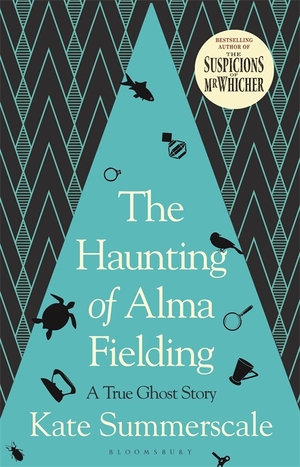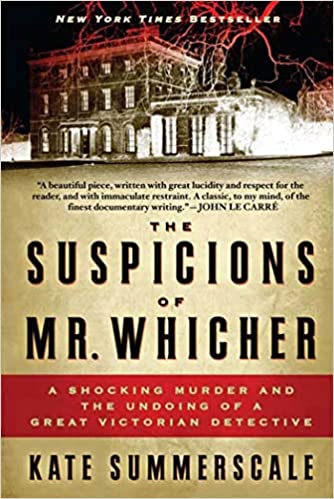The two previous books I’ve read by Kate Summerscale were Victorian true crime stories. In The Haunting of Alma Fielding she changes genres (slightly) and periods to write about the spate of supernatural cases, and one in particular, that hit England when World War II was threatening in 1938.
The principal figure in the book is Nandor Fodor, a Hungarian emigré who studied the supernatural but also had an interest in Freudian psychology. When the Fielding case cropped up, he was in a difficult position, because although his mission was to prove whether there were legitimate supernatural occurrences, when he tried to use somewhat scientific methods of observation, he was accused of being unfriendly to mediums. His role at the Society for Psychical Research was contradictory at best and his notion of the scientific not very well developed.
The Fielding case began with a frightened family haunted by a poltergeist that hurled dishes and toppled furniture. Fairly quickly, it became clear that the activity centered around Alma, who lived in the house with her husband and lodger, and the spirits began to branch out by producing objects from her clothes at séances.
Fodor seemed so happy to have found what looked like legitimate supernatural activity that he believed everything he was told and actually encouraged the “spirits.” When later he found evidence that Alma deceived him, he still believed that some of the events were real and continued his investigation.
I found this book less interesting than the true crime books because I became so impatient with the gullibility of the investigators. And the medium tricks! After all, even if a spirit could produce small objects (called apports) from a person’s body, why would it want to? Obviously, because it’s an effect that can be faked.




